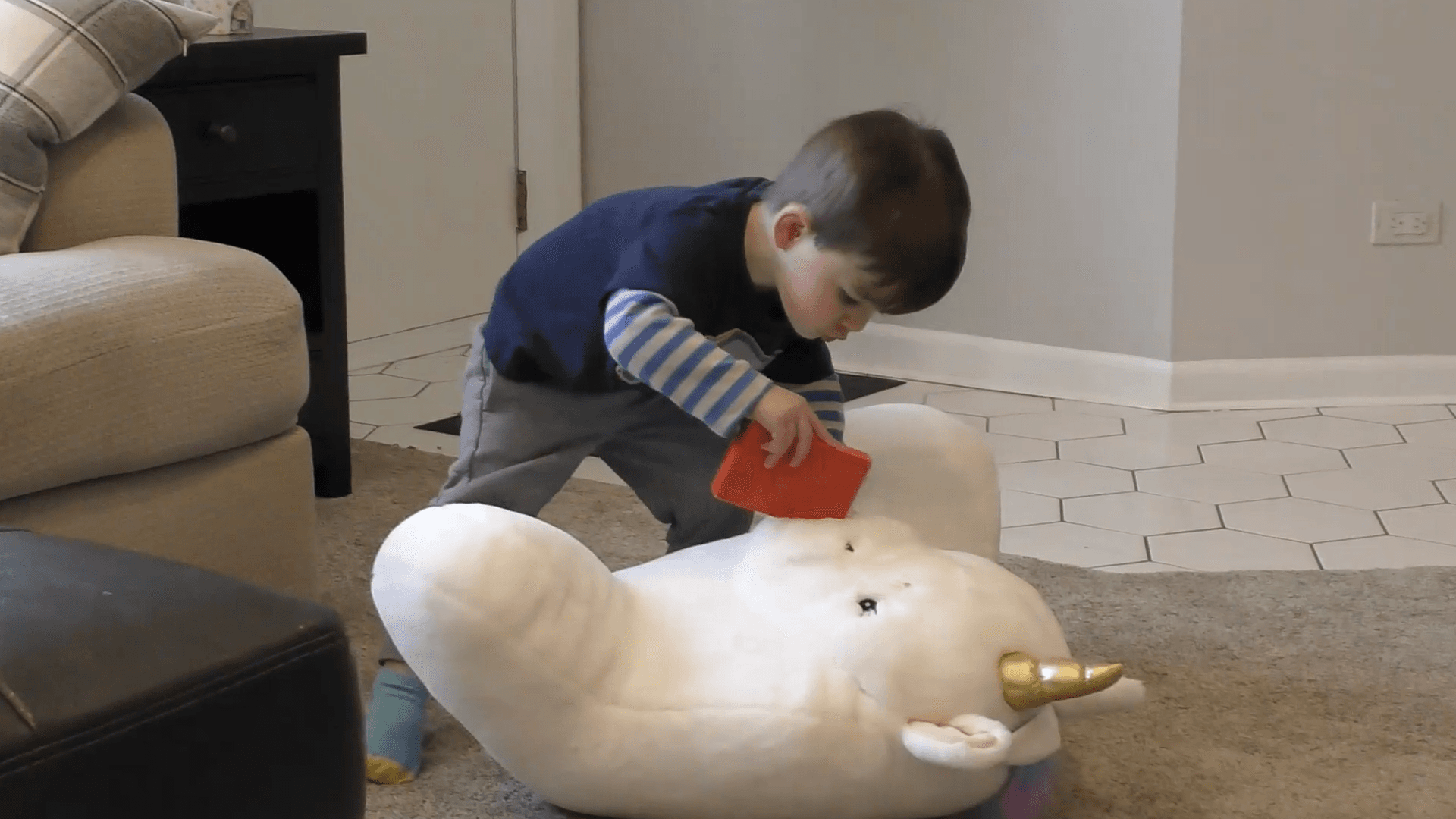Makes eye contact

Cries differently for different needs, e.g. hungry vs. tired

Coos and smiles

Quiets or smiles in response to sound or voice

Shows interest in faces

Follows some directions when paired with a gesture

Uses 1 or 2 words other than "mama" or "dada"

Shows interest in pictures

Points at familiar objects and people in pictures when named

Points to objects they want

Copies others

Imitates simple words and actions

Follows simple directions, e.g. "Come here"

Repeats words overheard in conversation

Understands “in” and “out”

Uses gestures and words during pretend play

Says 3 or more words

Can say their own name

Can identify 1-2 body parts when named

Consistently imitates new words

Names objects and pictures

Understands new words quickly

Begins to use 2 word phrases

Uses simple pronouns (me, you, my)

Turns head towards sound or voice

Notices toys that make sounds

Makes different vowel sounds, e.g. eee, ooo, ahh, uh

Uses smiles, sounds, or movement to get attention

Uses at least 50 words

Understands action words

Follows 2-step related directions, e.g. “Pick up your coat and bring it to me.”

At least 50% of speech is understood by caregiver

Ask “what” and “where” questions

Uses some plurals, e.g. “dogs”

Understands most simple sentences

Understands “why” questions

Makes different kinds of sounds to express feelings

Uses babbling to get attention

Listens and responds when spoken to

Reacts to sudden noises or sounds

Begins to giggle or laugh

Combines consonants and vowels in different ways e.g. ahhh-b, mmm-uuuh, eee-p

Participates in two-way communication

Recognizes sound of their name

Looks at familiar objects and people when named

Shows recognition of commonly used words

Uses simple gestures, e.g. raises hands to be picked up

Meaningfully uses “mama” or “dada”

Imitates speech sounds

Babbling has sounds and rhythms of speech

Responds to “no”

Pays attention to where you are looking and pointing

Begins using hand movements to communicate wants and needs, e.g. reaches out hand to give/take objects
